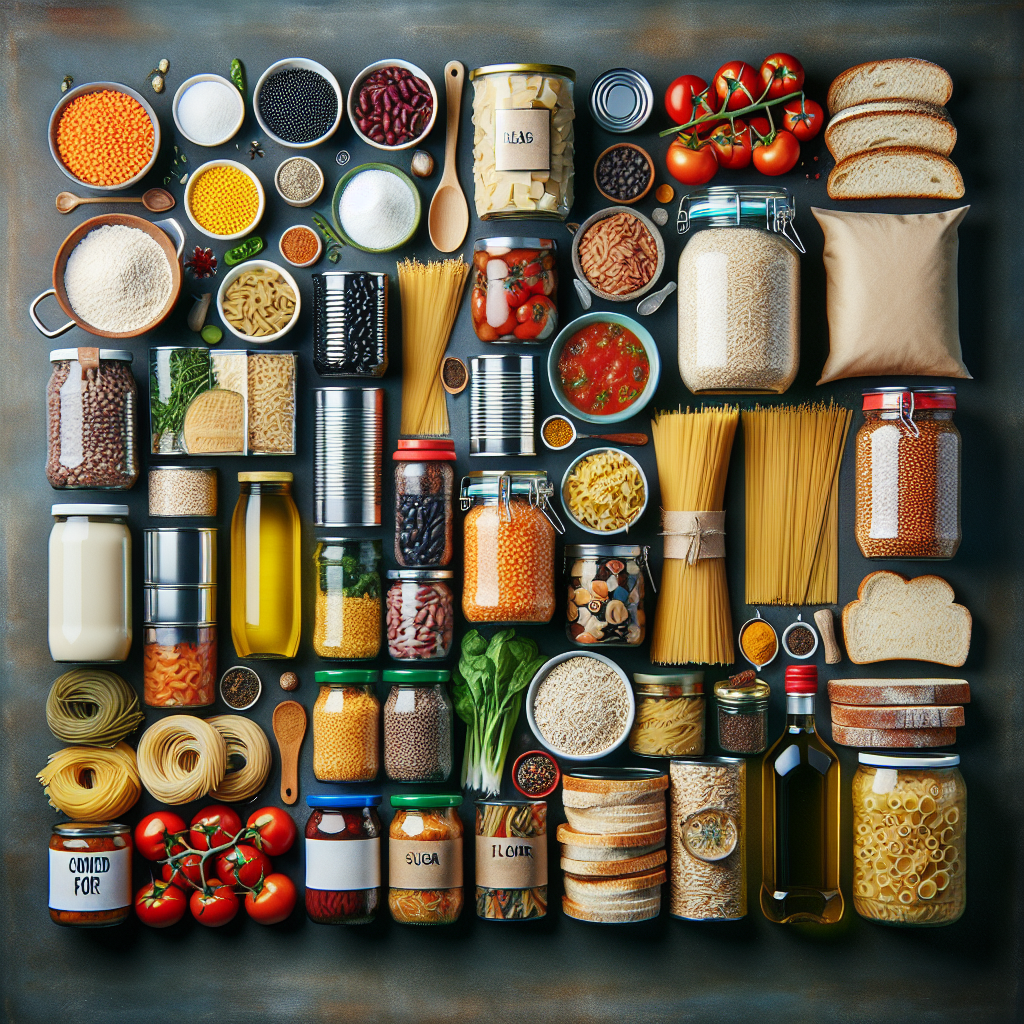Culinary Tradition
Emerging amid students’ increasing financial constraints is a resilient, innovative cuisine. Students are sculpting their own identity through creative frugal eating habits.
Cultural Roots
The roots of these new gastronomic expressions can be traced to various cultures known for their budget-friendly fare. Many students draw inspiration from Japanese ramen, Mexican rice dishes, and traditional hearty meals from Eastern Europe.
Modern Evolution
However, in recent years this cuisine has evolved under the crippling pressure of student debt. Homemade pizza with bizarre toppings or pasta served with odd pairings reflect an unconventional creativity born out of necessity.

Key Ingredients
This ‘debt diet’ mostly features affordable staples like canned goods, eggs, rice and cheaper cuts of meat which highlight the degree to which financial restrictions dictate meal choices.
Preparation Methods
Inventive methods such as turning stale bread into croutons or re-purposing leftovers show resourcefulness typically absent in more affluent domestic kitchens.
<6>Cultural Significance<6/>
<7>In light of this profound adversity lies a powerful narrative about adaptation and resilience against an oppressive economic system.<7/> <8>Contemporary Trends<8/> <9>Trends show a return to basics as students harness the power of home cooking while showing respect for minimizing waste.<9/> <10>Expert Perspectives<10/> <11>Experts are noting this new food culture, stating that it signifies more than just culinary innovation. It reflects a generation’s response to economic hardship.
Tales of ‘debt diet’ culinary adventures are increasingly appearing in blogs, podcasts and on social media, showcasing the creativity and resilience of students.
<13>Cultural Preservation<13/> <14>Engaging with this form of food preparation allows students to connect with their cultural heritage and fosters community among peers experiencing the same struggles.<14/>




